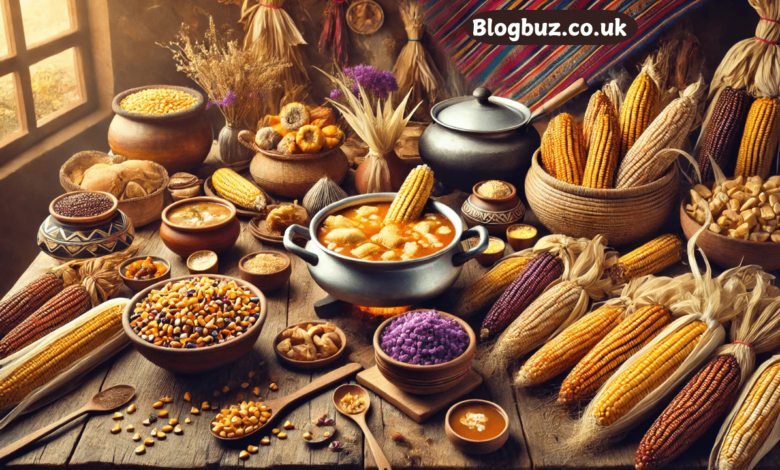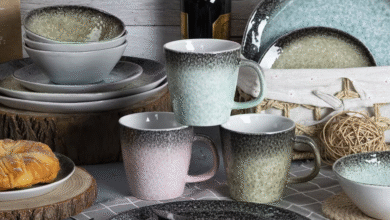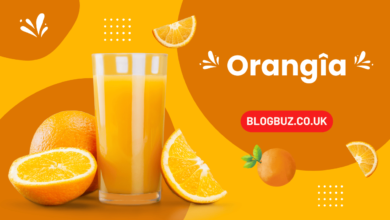Why No Nixtamal in Peru? Understanding the Absence of Nixtamalization in Peruvian Cuisine

Nixtamalization, the soaking and cooking of maize in an alkaline solution, has been an essential technique in Mesoamerican cultures for centuries. It enhances the nutritional value of corn and makes it easier to grind into masa, which is used for making tortillas and tamales. However, nixtamalization has never been widespread in Peru, a country with a rich culinary history and diverse corn varieties. This raises an interesting question: why no nixtamal in Peru? This article explores the historical, agricultural, culinary, and nutritional reasons behind this absence.
The Role of Corn in Peruvian Cuisine
Peru has many corn varieties, each suited to different culinary applications. Unlike in Mexico and Central America, where maize is predominantly processed into masa for tortillas, Peruvian cuisine traditionally uses whole corn kernels in dishes. The most common types of corn in Peru include:
- Choclo – Large, starchy white corn with a chewy texture, often served boiled or in soups.
- Mote – Dried and boiled corn, frequently used in stews or as a side dish.
- Maíz Morado – Purple corn makes chicha morada, a traditional sweet beverage.
These diverse corn varieties have shaped Peruvian culinary traditions, leading to cooking methods that do not require nixtamalization.
Why Nixtamalization Was Essential in Mesoamerica but Not in Peru
Corn Varieties and Their Natural Properties
Mesoamerican corn varieties, particularly those used for making tortillas, are generally harder and require nixtamalization to soften them and release their nutrients. In contrast, Peruvian corn varieties, particularly choclo and mote, have naturally softer kernels and higher starch content, making them easier to cook and eat without an alkaline treatment.
Traditional Peruvian Cooking Methods
Peruvian cuisine does not rely on corn dough-based foods like tortillas, a staple in Mexico and Central America. Instead, whole corn kernels are incorporated into stews, boiled for side dishes, or ground into flour for other preparations. Some of the most common Peruvian dishes using corn include:
- Patasca – A traditional Andean soup made with mote corn and meat.
- Chicha – A fermented corn beverage dating back to the Inca civilization.
- Humitas – Similar to tamales but made without nixtamalized corn.
Since Peruvian cuisine primarily uses whole or boiled corn, there has been little need for nixtamalization.
Dietary and Nutritional Considerations
One of the primary benefits of nixtamalization is the release of niacin (Vitamin B3) from corn, preventing diseases like pellagra. However, Peruvians historically consumed a well-balanced diet rich in other niacin sources, such as quinoa, potatoes, legumes, and fish. This dietary diversity eliminated the need for nixtamalization as a nutritional necessity.
Geographic and Historical Influences
Peru’s unique geography and climate have played a crucial role in shaping its culinary traditions. Unlike Mexico, where maize was the dominant crop, the Andean region cultivated diverse foods, including potatoes, tubers, and grains like quinoa and amaranth. As a result, the necessity to develop processes like nixtamalization to improve maize consumption was less pressing.
Additionally, while the Aztecs and Maya in Mesoamerica relied heavily on maize, the Inca civilization incorporated a broader spectrum of ingredients into their diet. This dietary diversity meant nutritional concerns associated with untreated corn were less relevant in Peru.
The Impact of Culinary Exchange
Despite its absence in traditional Peruvian cuisine, nixtamalization is known in Peru today, especially due to globalization and increased culinary exchange with Mexico. Some modern chefs and food enthusiasts have experimented with nixtamalized corn to create dishes inspired by Mexican cuisine. However, it remains a niche practice rather than a widespread tradition.
Conclusion
The answer to the question why no nixtamal in Peru? Lies in the country’s unique corn varieties, traditional cooking methods, dietary diversity, and historical influences. Unlike Mesoamerica, where nixtamalization was essential for nutrition and food preparation, Peru developed a culinary culture that thrived without it. Instead of corn-based staples like tortillas, Peruvian cuisine embraces whole corn in soups, beverages, and side dishes, reflecting the country’s rich agricultural and cultural heritage. While nixtamalization may not be a historical necessity in Peru, its culinary traditions remain diverse and deeply rooted in the land’s bounty.
FAQS
Why is nixtamalization not used in Peruvian cuisine?
Nixtamalization is uncommon in Peru due to the naturally softer corn varieties like choclo and mote, which do not require the alkaline treatment for cooking. Instead, Peruvian cuisine focuses on whole or boiled corn for stews, side dishes, and beverages.
What are the main types of corn used in Peruvian dishes?
The main types of corn in Peru include choclo (large white corn), mote (dried and boiled corn), and maíz morado (purple corn), each with its culinary uses such as in soups, stews, and beverages like chicha morada.
Does Peru have a history of using maize for tortillas like Mexico?
No, Peru has no history of using maize to make tortillas. Instead, Peruvian cuisine traditionally uses corn in whole form, often boiled or in stews, rather than processed into masa for tortilla-based dishes.
What are the nutritional benefits of nixtamalization, and do Peruvians need it?
Nixtamalization helps release niacin (Vitamin B3) in corn, preventing deficiencies like pellagra. However, Peruvians have historically had a diverse diet rich in other niacin sources such as quinoa, potatoes, and legumes, making nixtamalization less essential.
How has globalization influenced the use of nixtamalization in Peru?
Globalization and culinary exchange, especially with Mexico, have introduced nixtamalization to modern Peruvian kitchens. Some chefs experiment with it to create dishes inspired by Mexican cuisine, but it remains a niche practice rather than a widespread tradition.
You May Also Read: Өйёу: A Cultural and Linguistic Treasure




